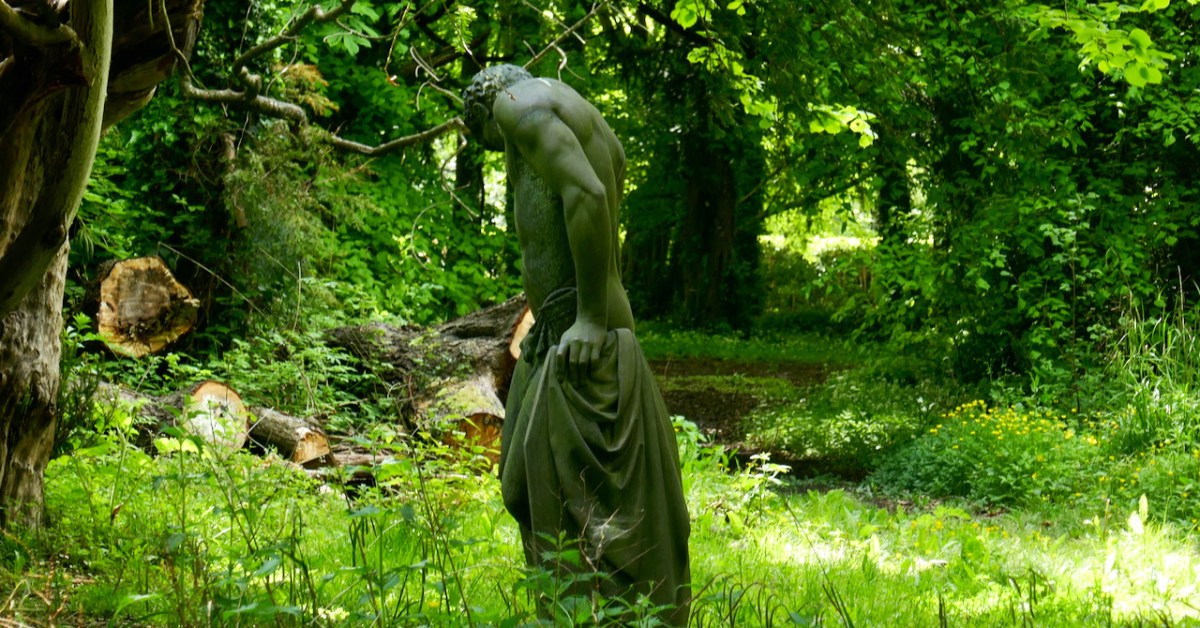
We’ve been visiting the wonderful gardens at Killruddery House, just outside Bray, and it’s been a tonic for the soul.
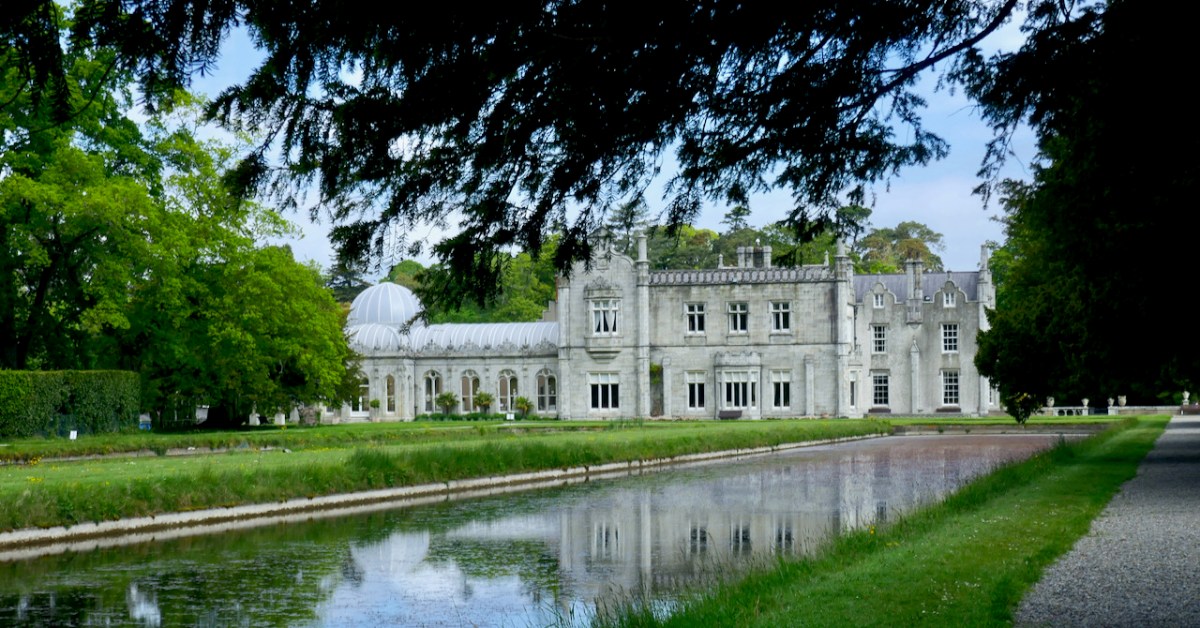
We talk a lot about managing for bio-diversity, but when you see it in action on this scale, it’s breathtaking. Killruddery is the ancestral home of the Earls of Meath and the house and gardens are open to the public during normal (non-Covid) times. They have just opened the gardens again and when we visited yesterday and today they were teeming with people – a deservedly popular destination for families. There’s lots of room, so the enormous lawns were dotted with picnic blankets, and the largest sandpit I have ever seen was full of delighted children.
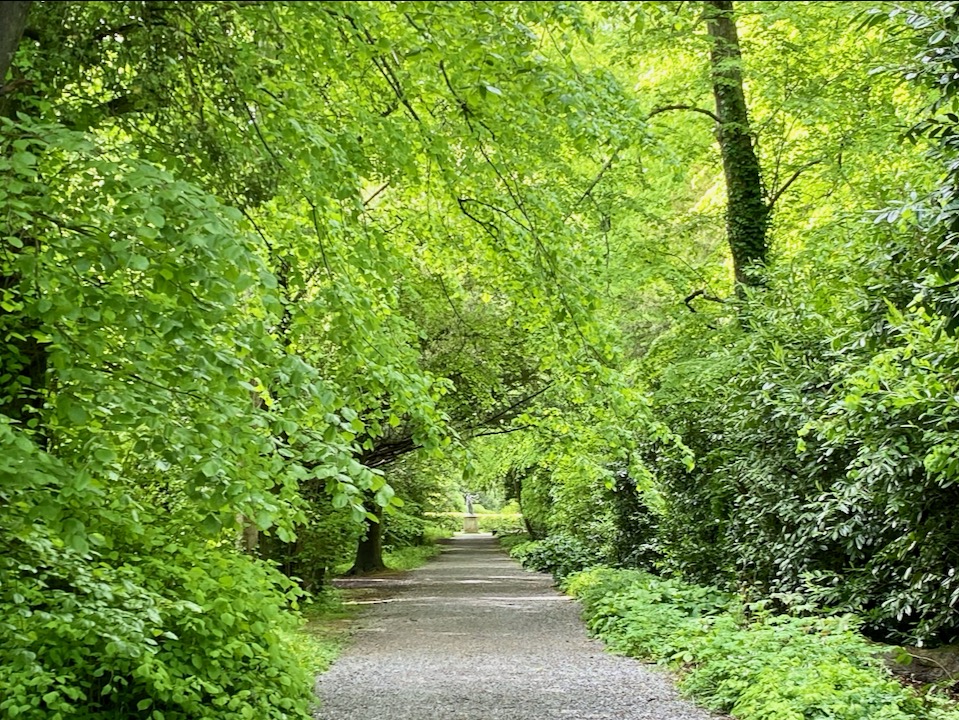
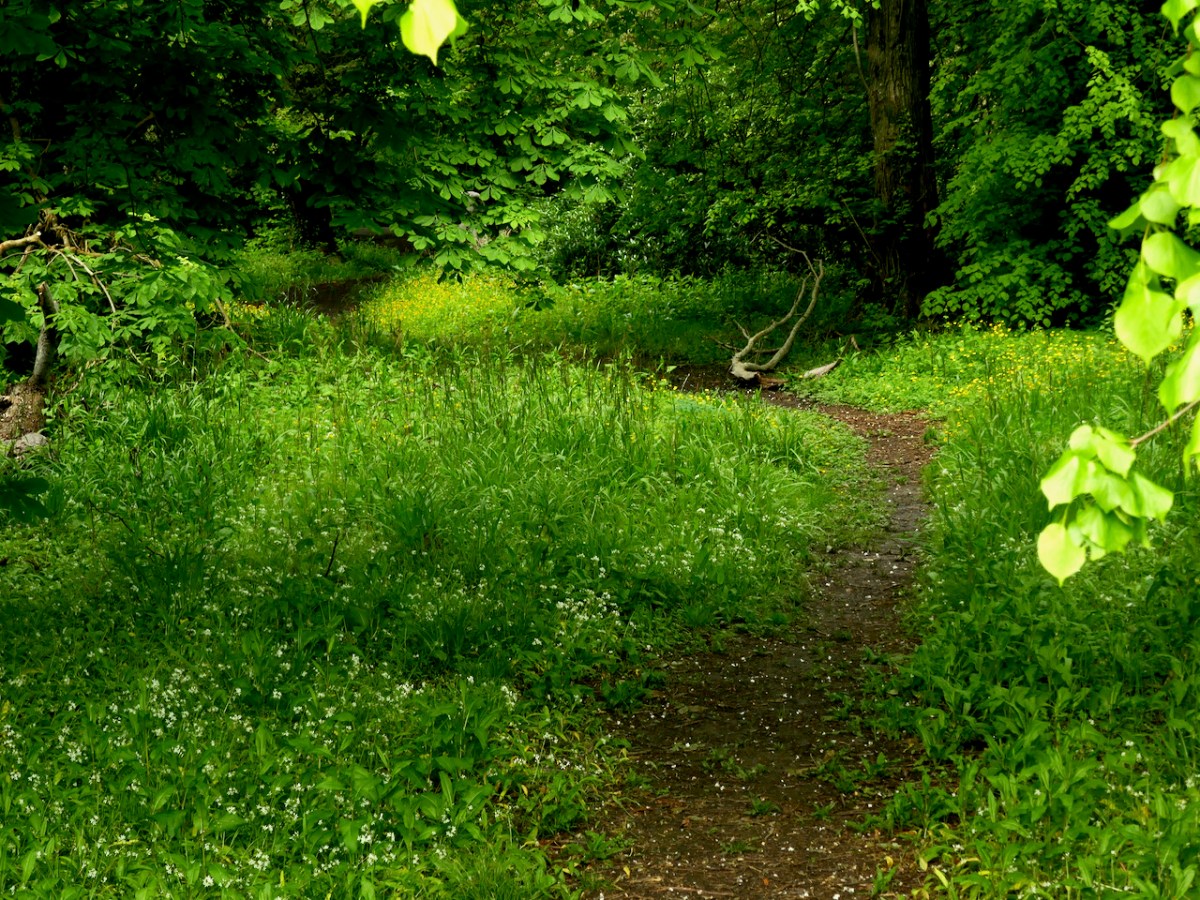
Despite the crowds, it is easy to stroll along the woodland paths and never meet another person. And it’s on those paths that the term Nature and Nurture came to me as an apt description. The Meaths are managing for bio-diversity and sustainability on a grand scale, and doing it magnificently, at the same time as providing a wonderful amenity for visitors.
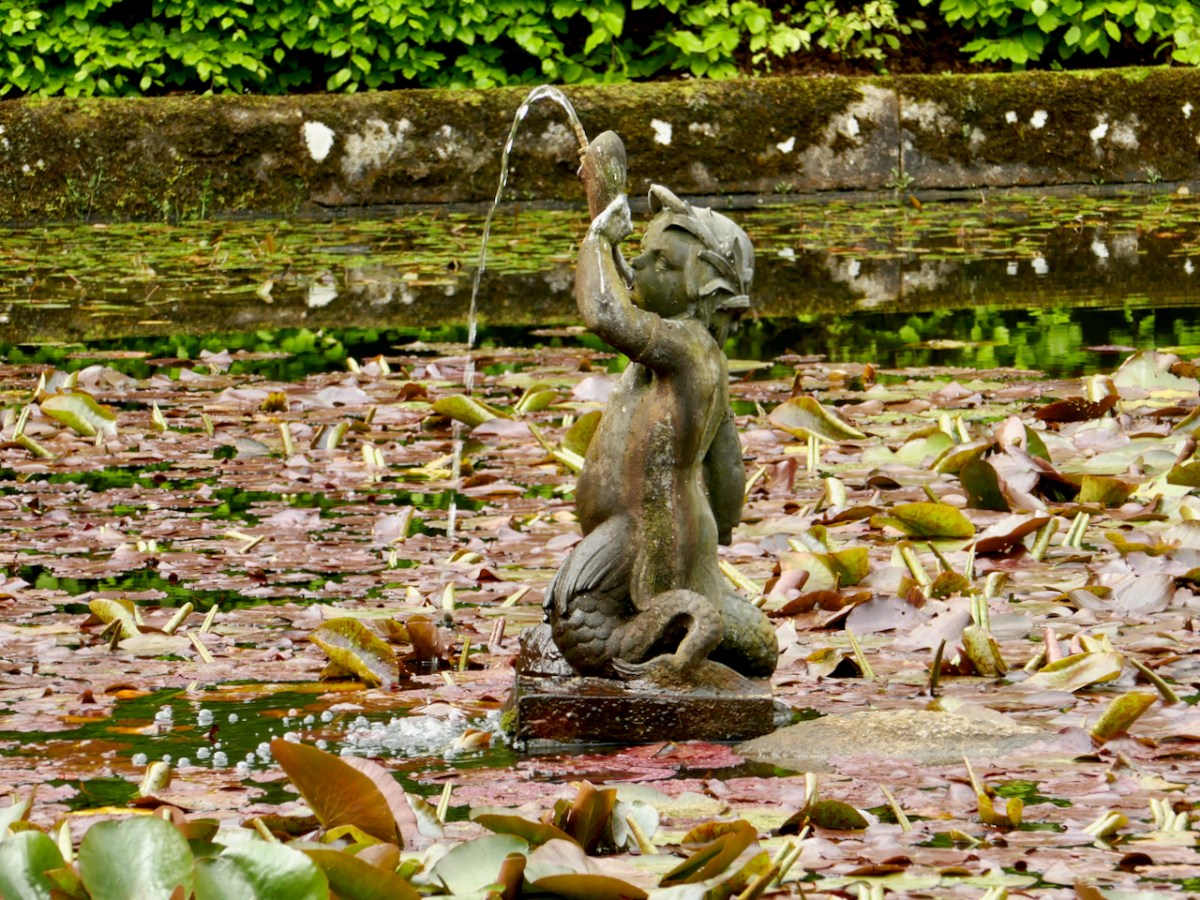
The mix of natural and designed landscape works so well that it all blends together and you wander seamlessly from the kind of open lawn with specimen trees that Capability Brown would have been proud of to deep woodland with a carpet of wildflowers. The smell of wild garlic, Ramsons, drifted over us as we strolled. That’s the white flower, below, mixed with buttercups and Herb Robert.
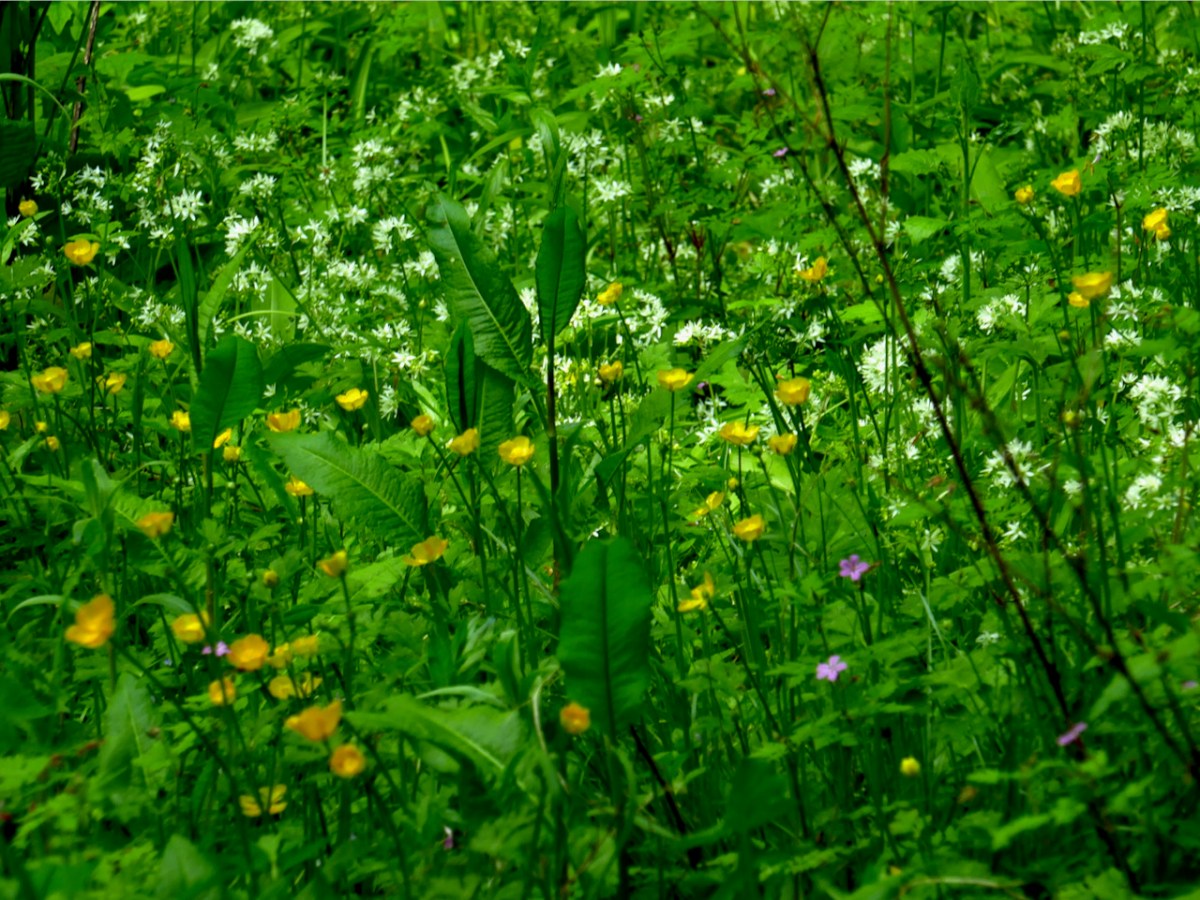
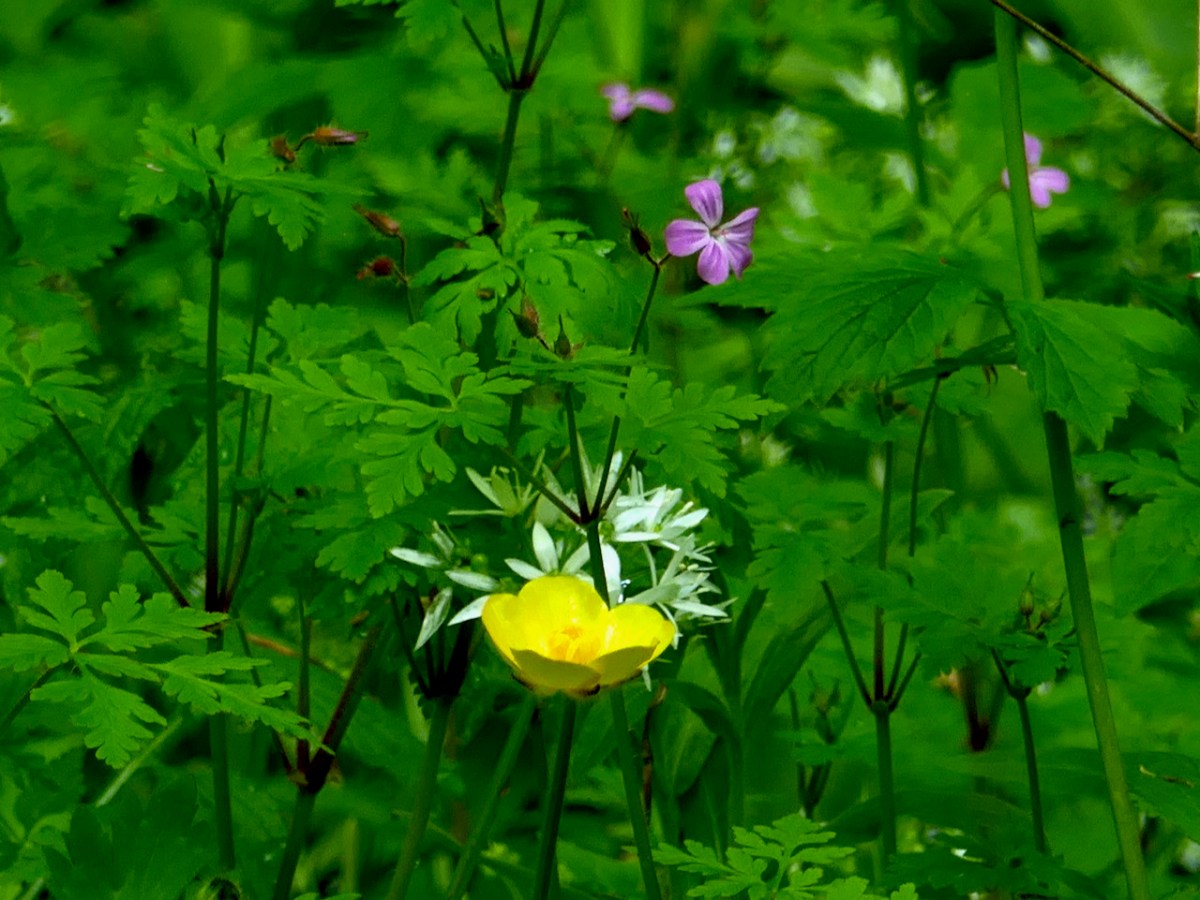
There is SO much to Killruddery – a kitchen garden that supplies their own chefs; the house itself, famous as a film and wedding venue and full of treasures and history; the farm shop and farmers market; the farm trails and children’s activities; a formal parterre and sunken garden; a water clock – and I am only touching the surface. It will repay visit after visit.
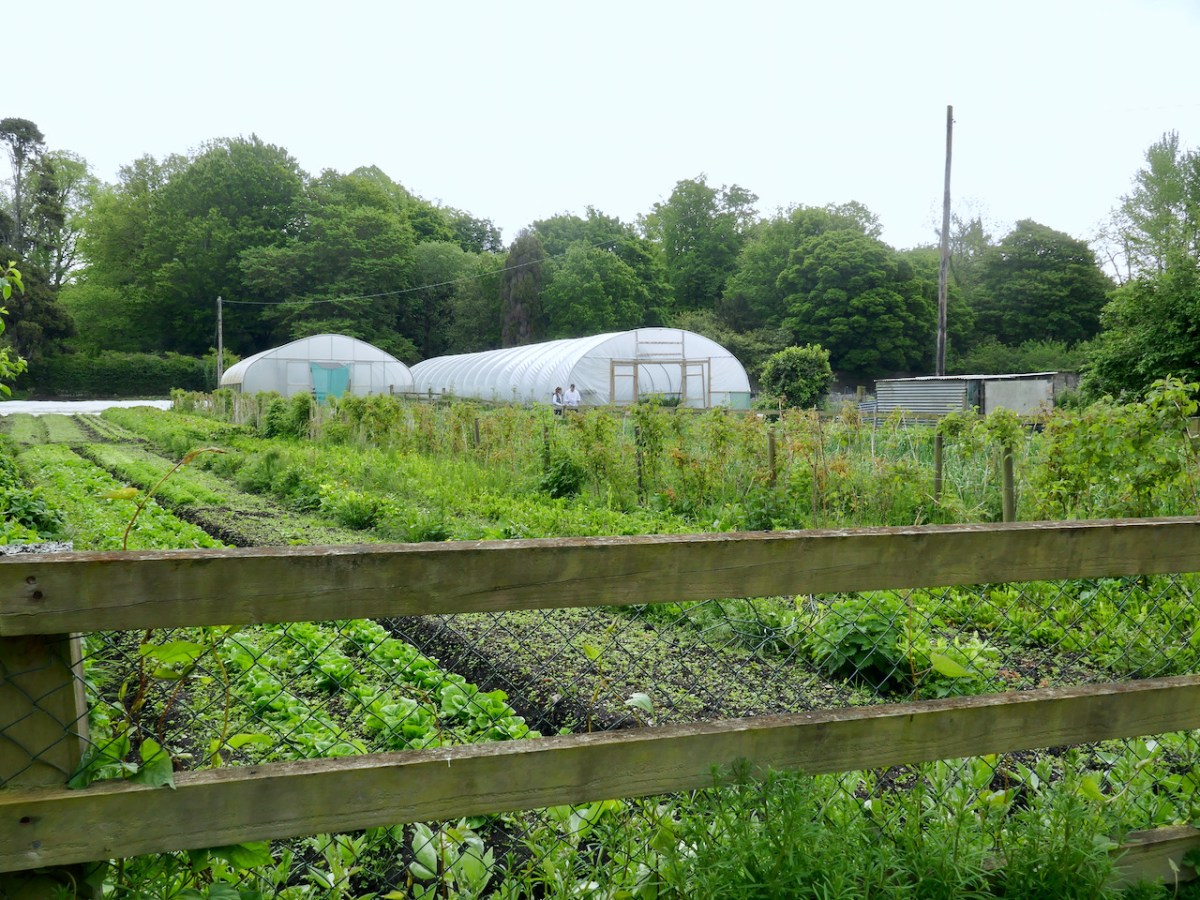
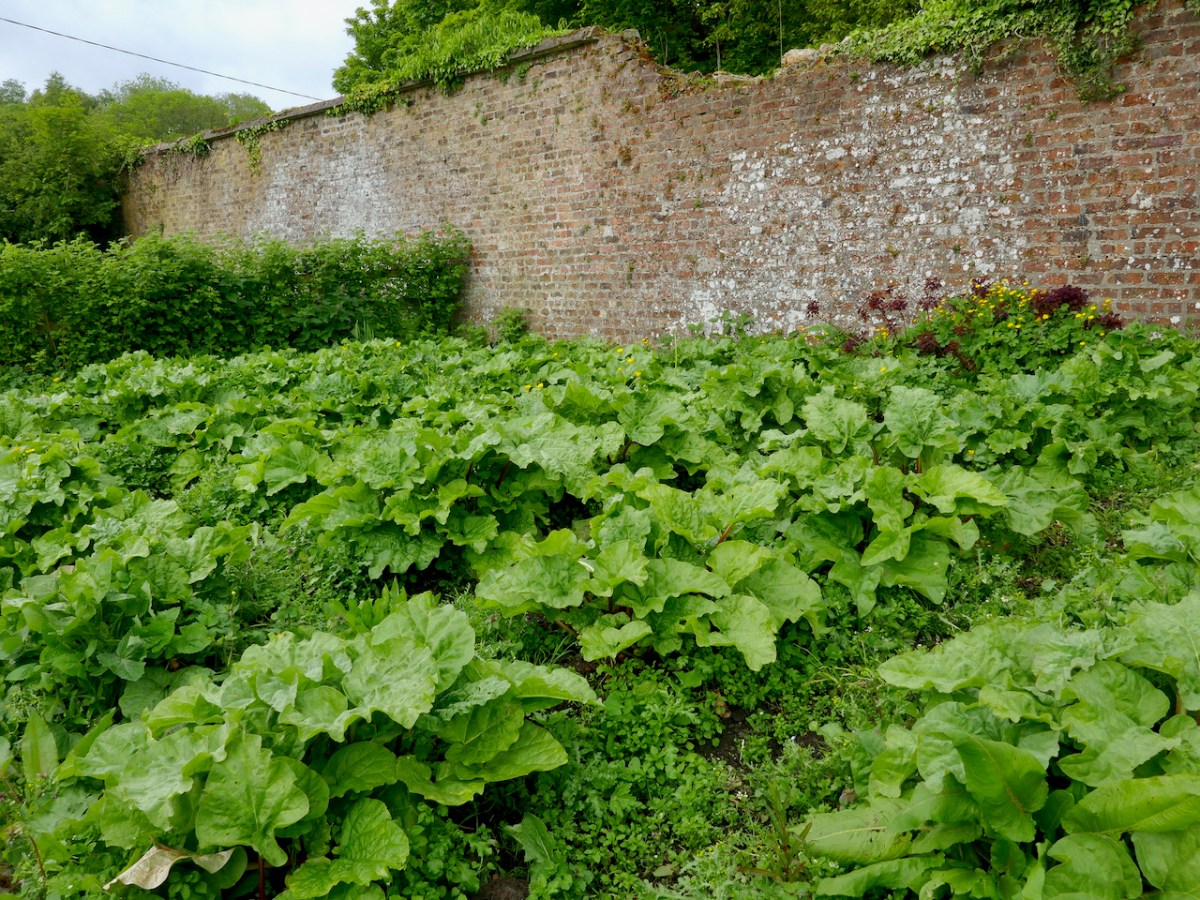
But our readers know that I can’t resist the wildflowers and on my two visits this week I mainly focussed on the woods, with occasional sorties into open spaces and long vistas.
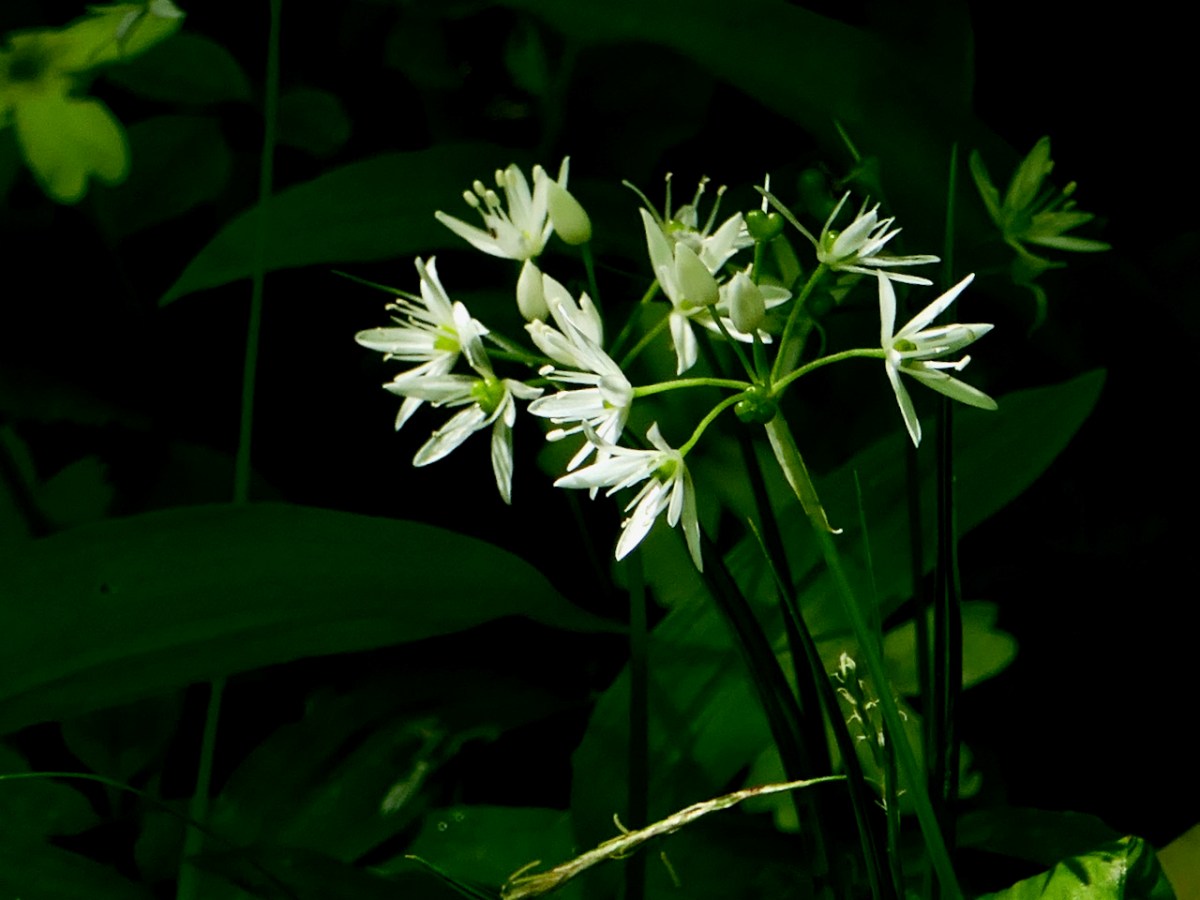
Jack, the Earl of Meath, has been writing a nature diary – you can find it here – and it’s the work of a man passionate about preserving natural surroundings, and alarmed about our loss of habitat and species. I’ve been lucky enough to have had a tour of the gardens with Jack, and I can tell you that he knows the name, history and provenance of every tree and every shrub.
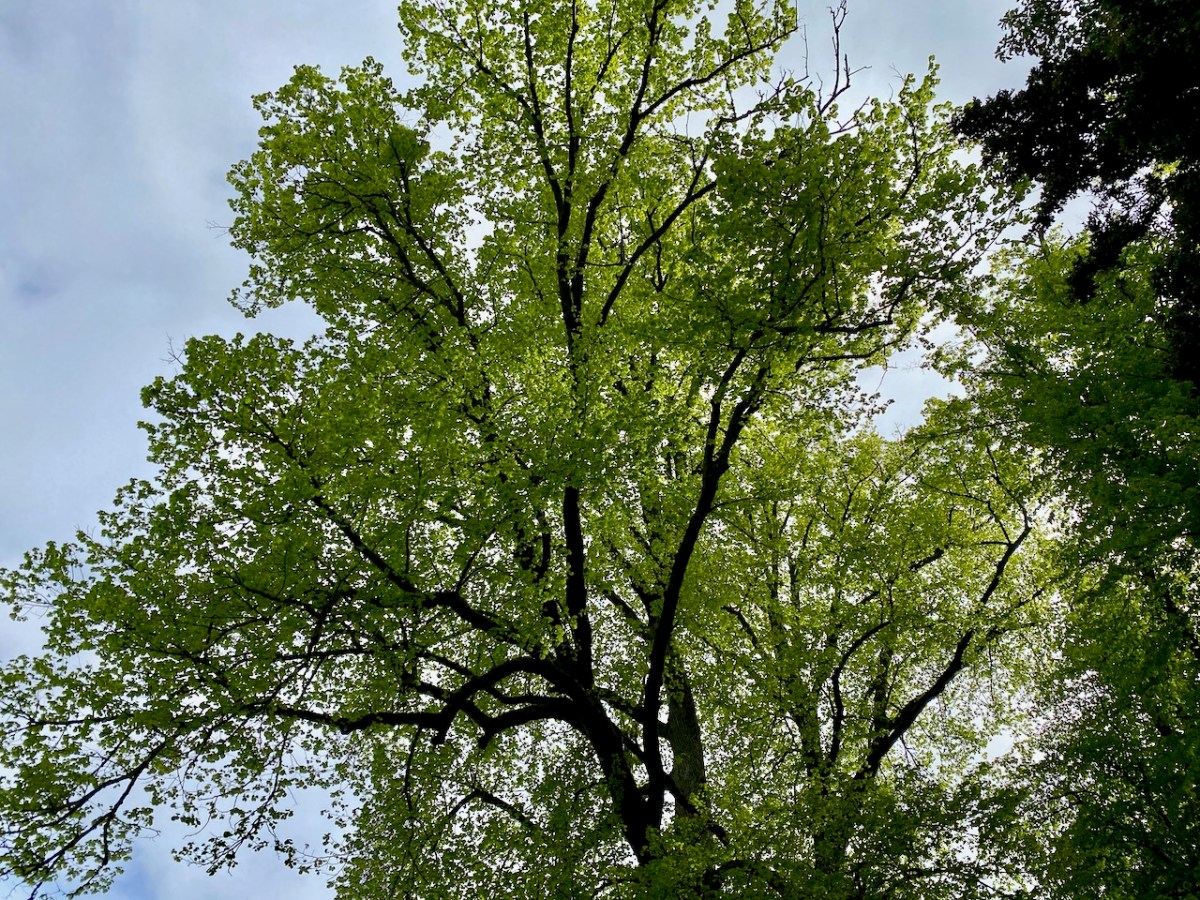
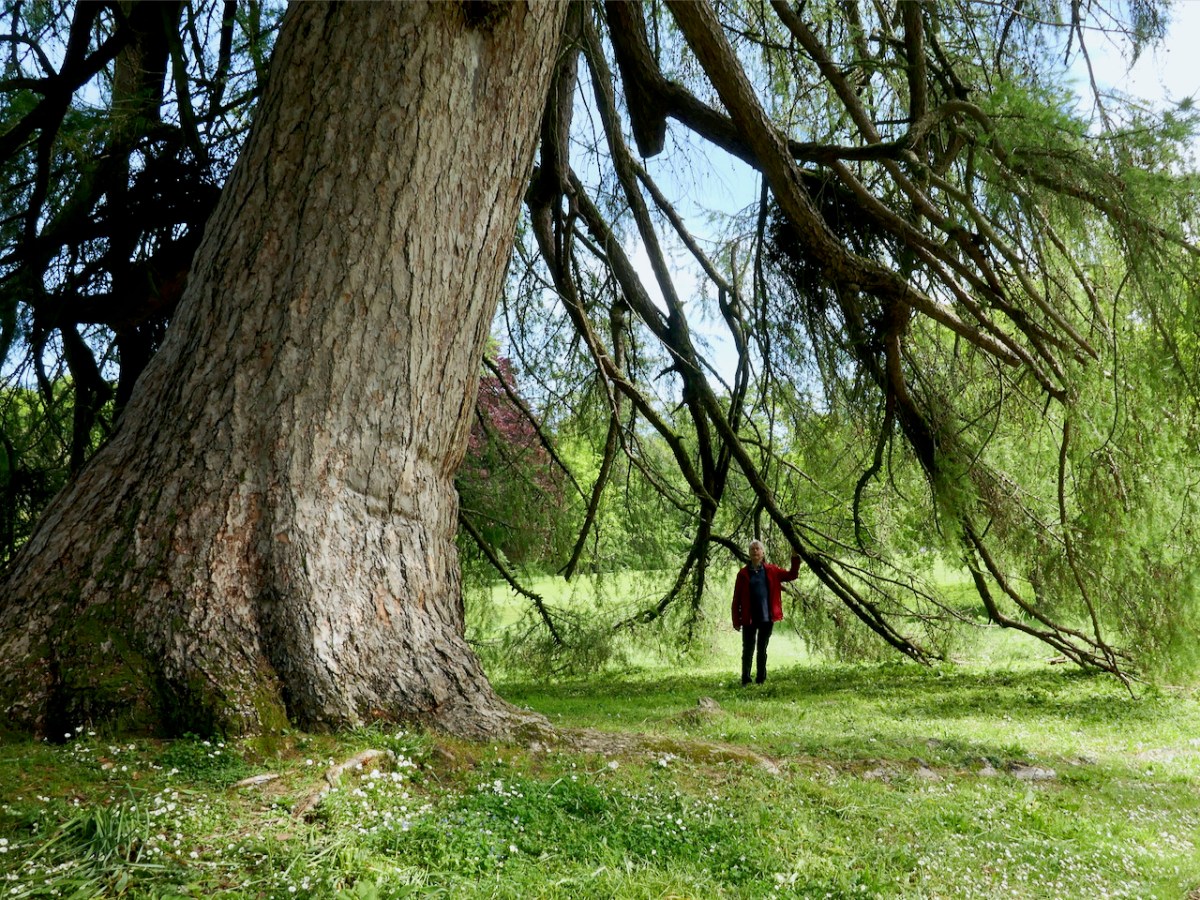
His son, Anthony and daughter-in-law, Fionnuala, are committed to an ethos of conservation, looking to the long term health of the land and the animals and plants that make it home.
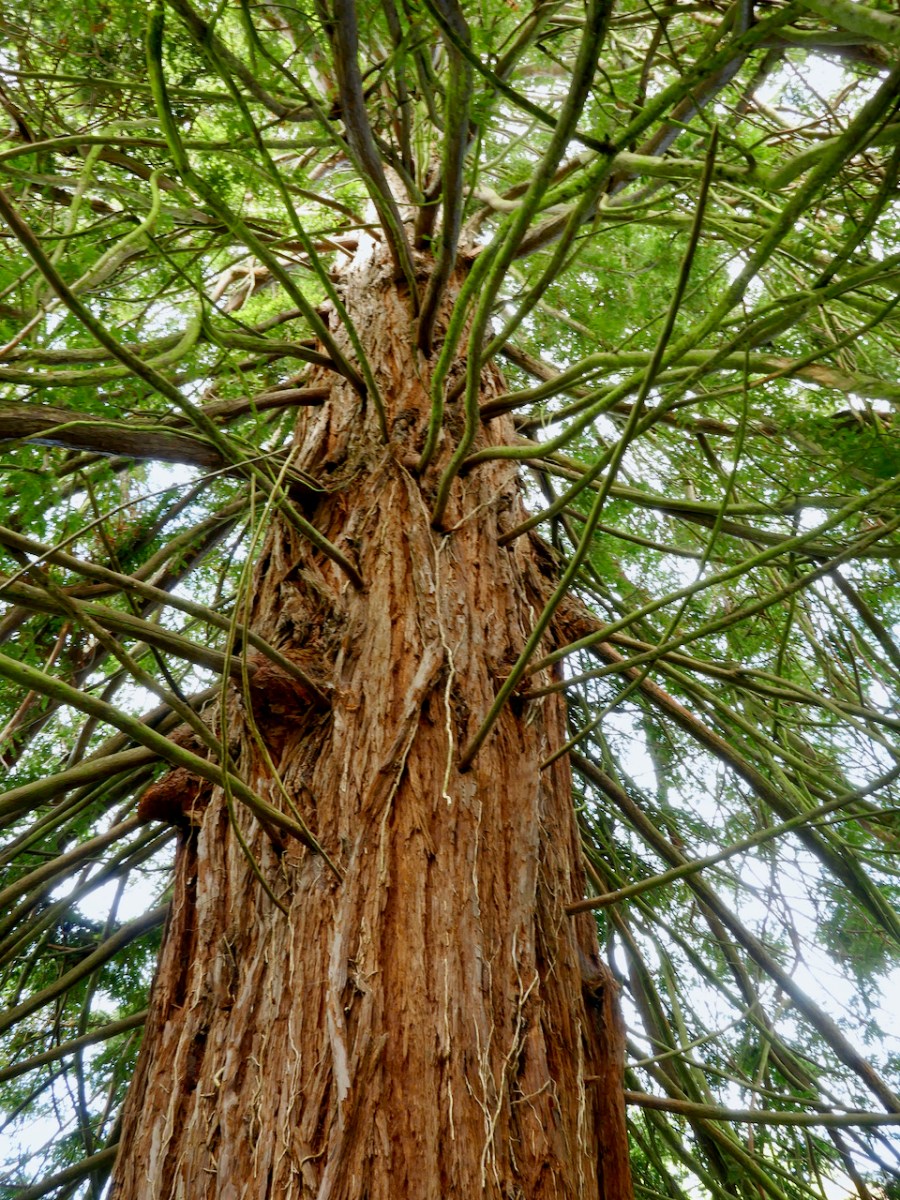
Almost uniquely in Ireland, this is a garden that has been established since the seventeenth century. It was underway by the 1680s and much of it was already in place by 1711. It’s difficult to imagine that there are taller trees anywhere else in Ireland! Each generation has planted and refreshed, changed and improved, always taking seriously their stewardship of the estate and nurturing the land.
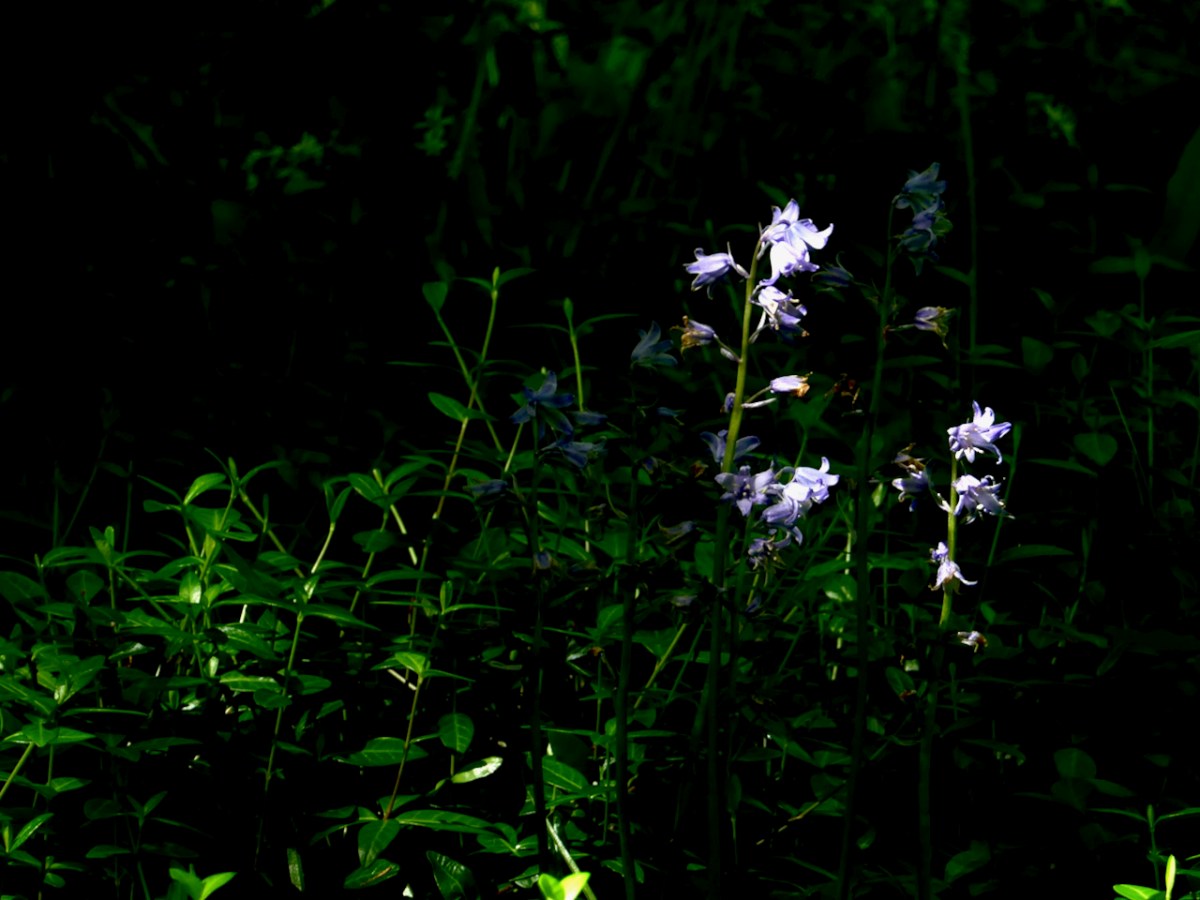
Robert has shared some photographs of the more formal part of the gardens today, while I have concentrated on the woodland. The last of the bluebells were still blooming (above) and I was lucky enough to stumble on some Sanicle (below) – although it’s common and widespread in Ireland you are most likely to find it under beech trees in woodland – not something that abounds in West Cork.
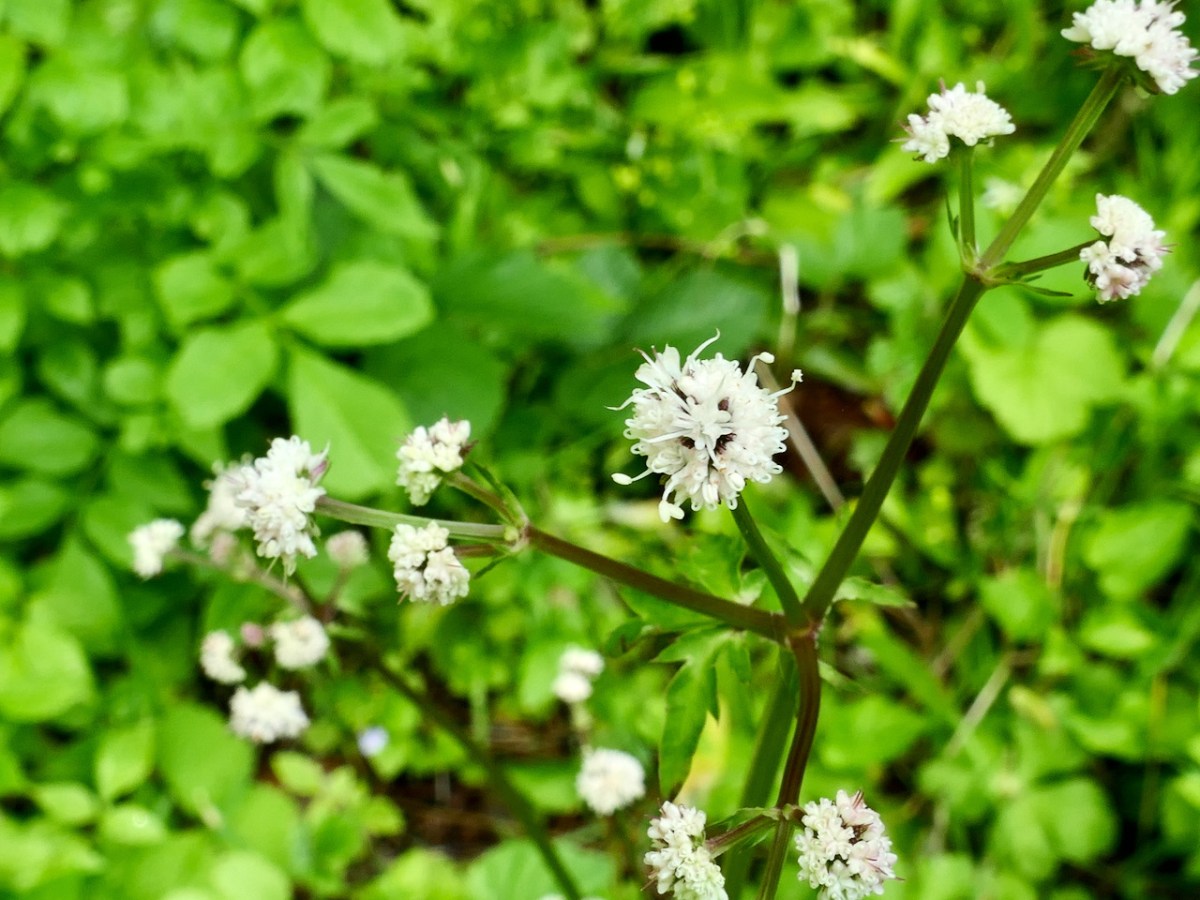
There’s something for everyone at Killruddery (including excellent coffee!) so do pay a visit if you happen to be anywhere near Bray.
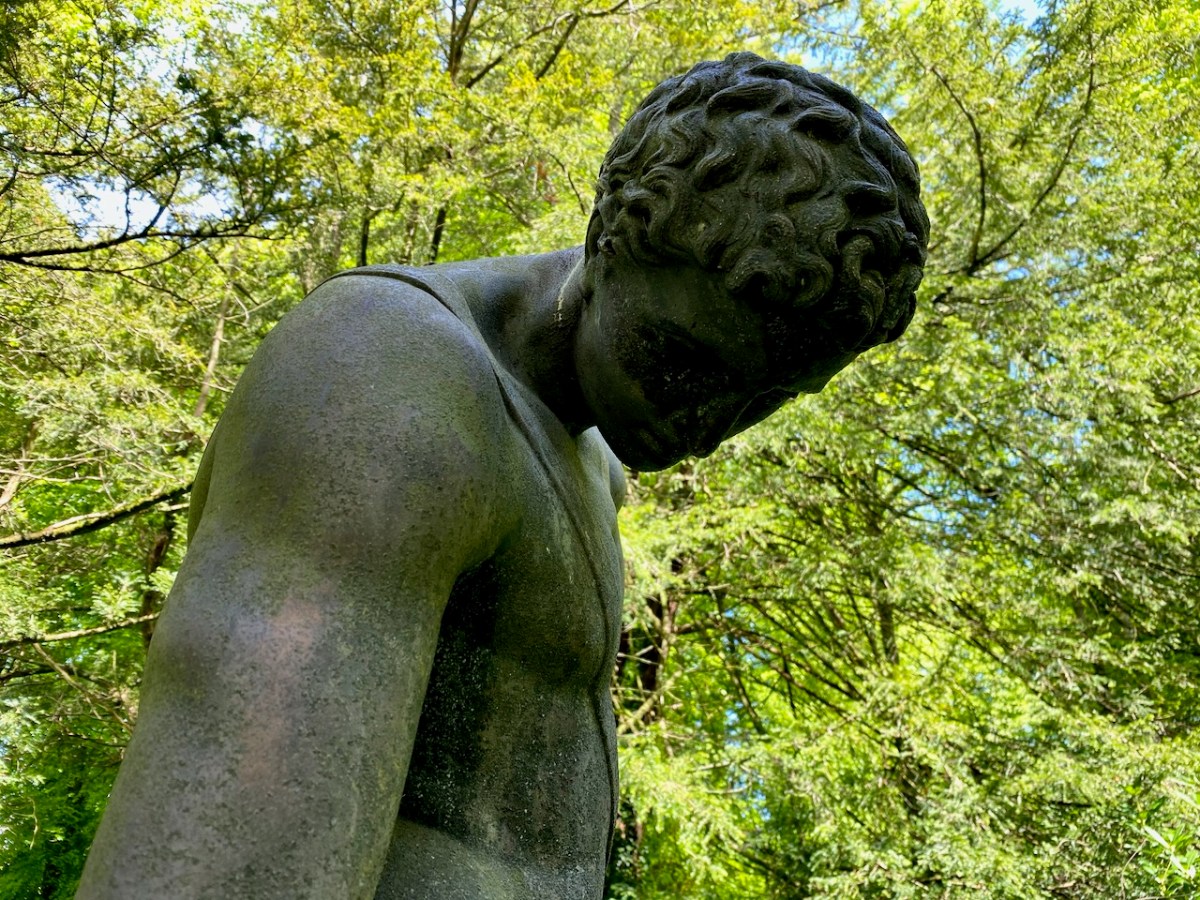
Really beautiful-we must pay a visit. Also happy birthday Finola-Fergus has made sure that everyone knows your age.
LikeLike
Yes – there’s no hiding! And thank you!
LikeLike
You covered a lot of ground at Killruddery – the woodland areas look as wonderful as the formal gardens and house.
LikeLike
Yes – I can’t resist the wilder spots.
LikeLike
Apparently that is the largest sandpit in Ireland! I just loved the gardens, so many different areas, so green and well kept yet so welcoming and unpretentious. Thanks for taking us – good coffee and almondy things too.
LikeLike
I’m not surprised – it’s epic. Wished I was a kid again.
LikeLike
It’s a good way to manage a garden.
LikeLiked by 1 person
Lovely to journey through the woodlands with you!
LikeLike
Next time you come!
LikeLike
Fun trivia: the Netflix show “Fate: The Winx Saga” films there, to the vast amusement of local author Ruth Frances Long, because the fairy characters keep saying that the human area beyond their magical forest is full of terrible things. That terrible thing being the town of Bray where she lives!
LikeLike
And where I grew up! The terrible things must have passed me by.
LikeLiked by 1 person